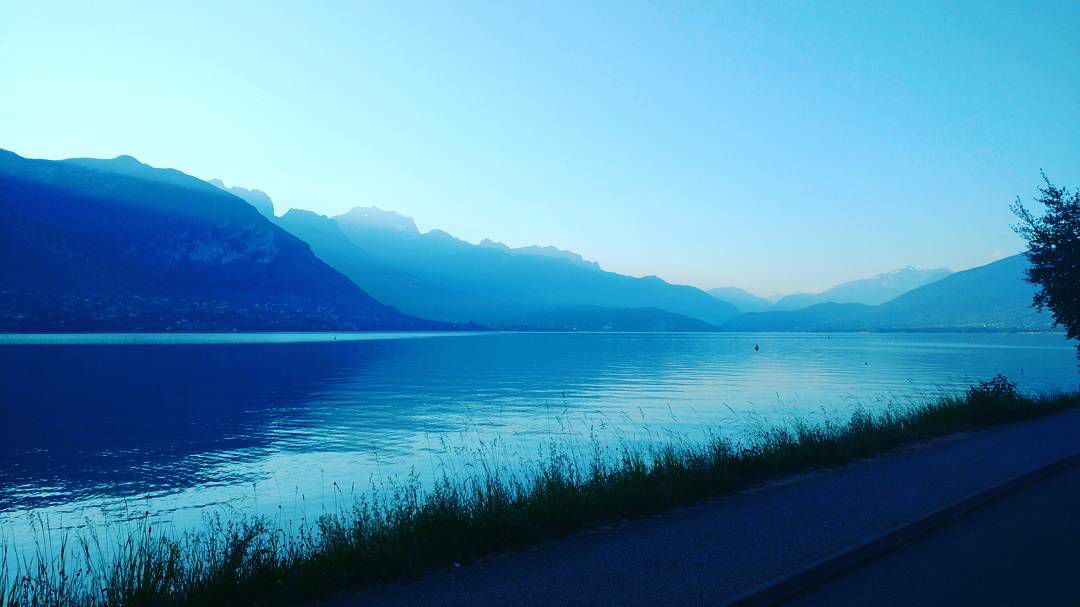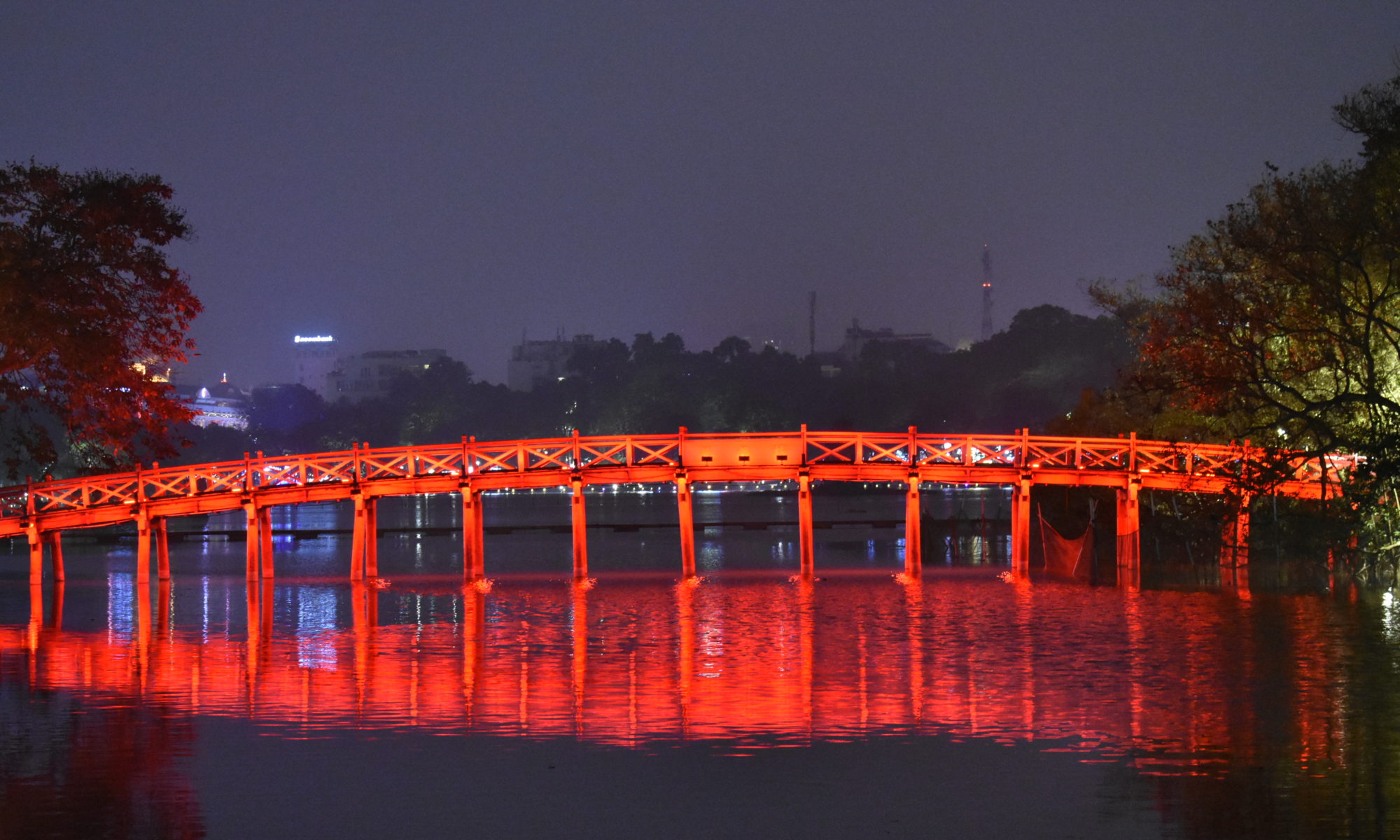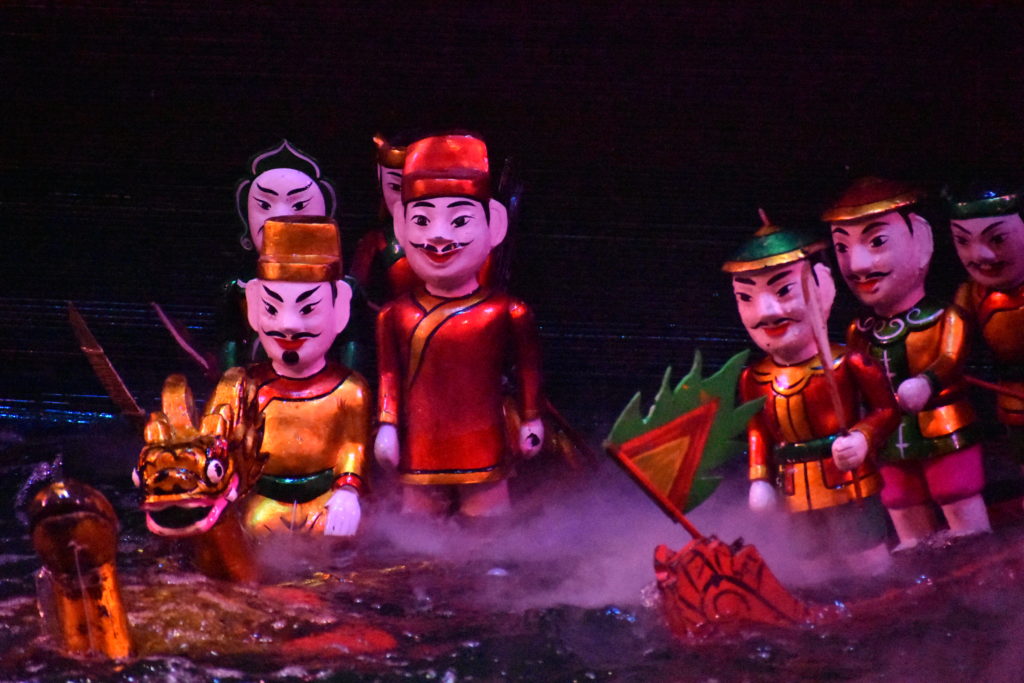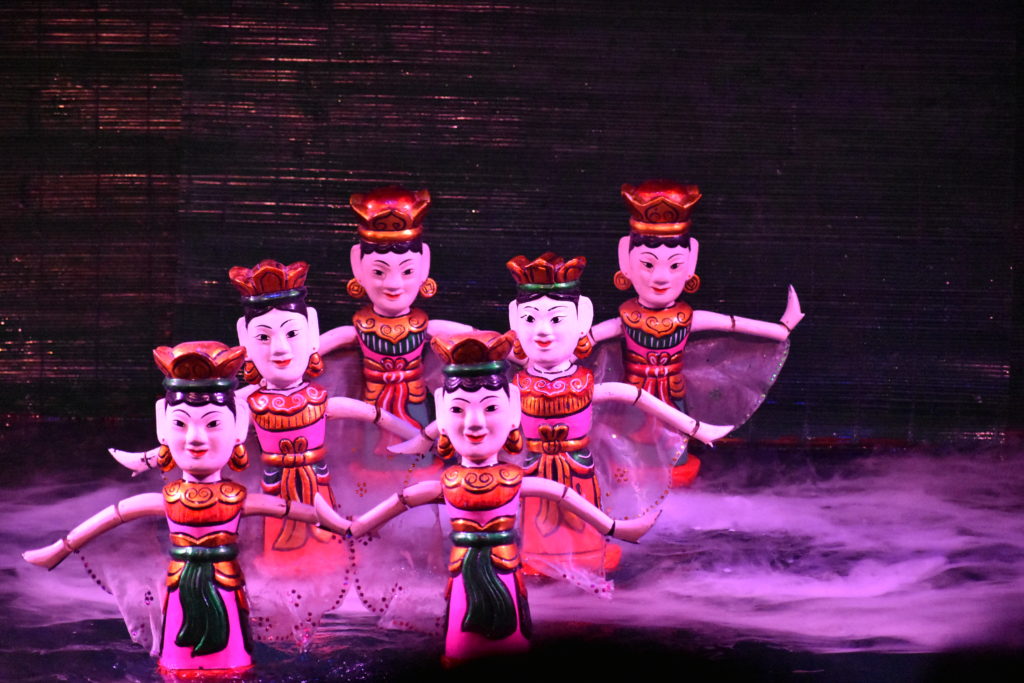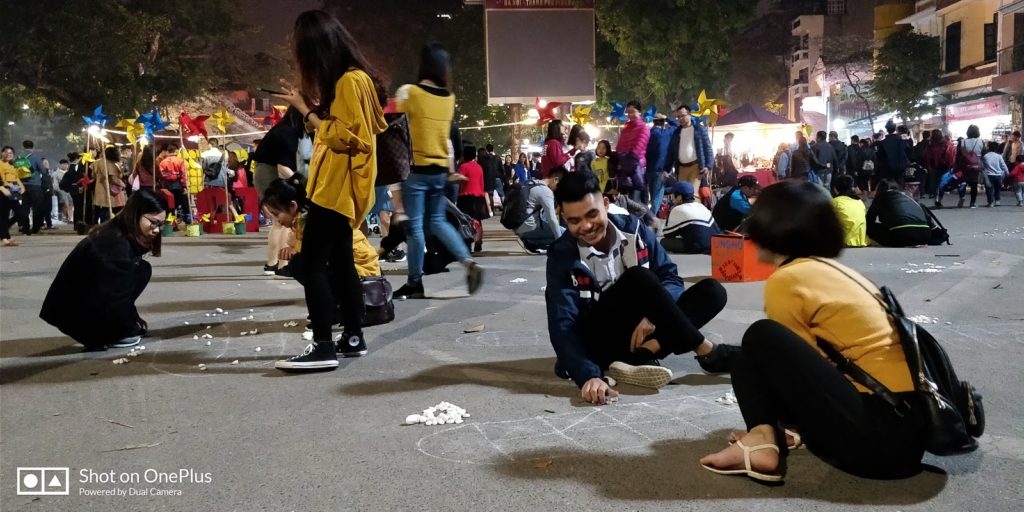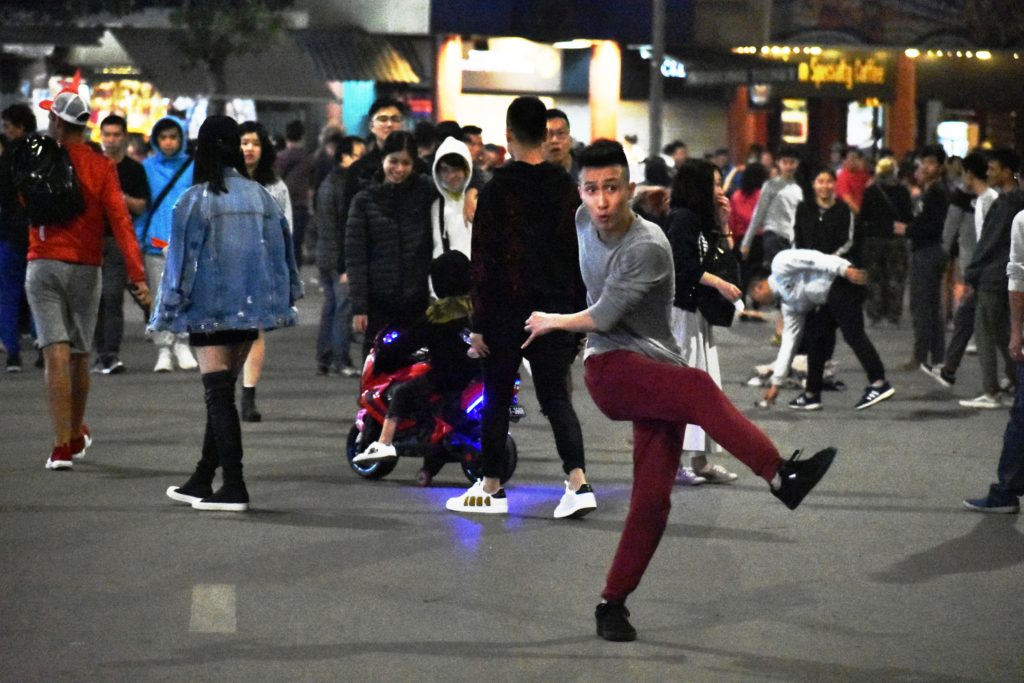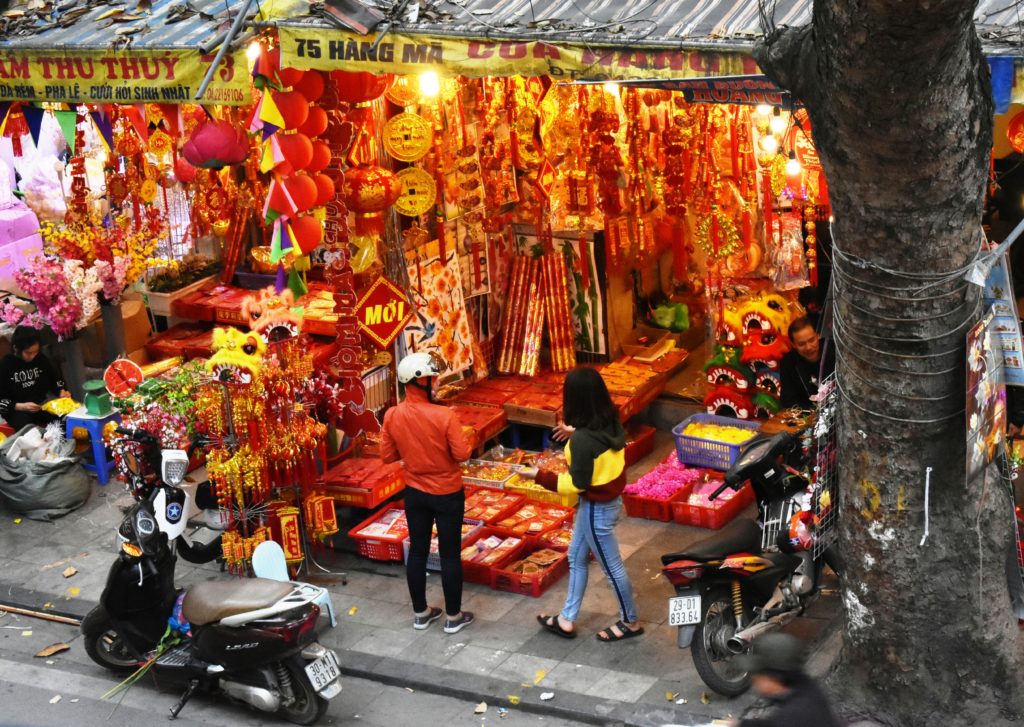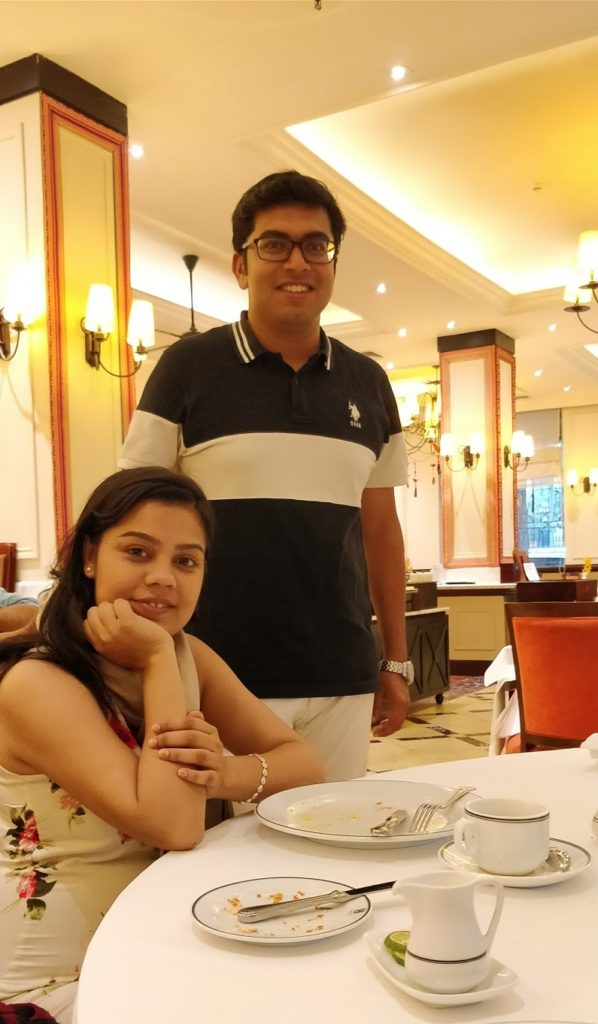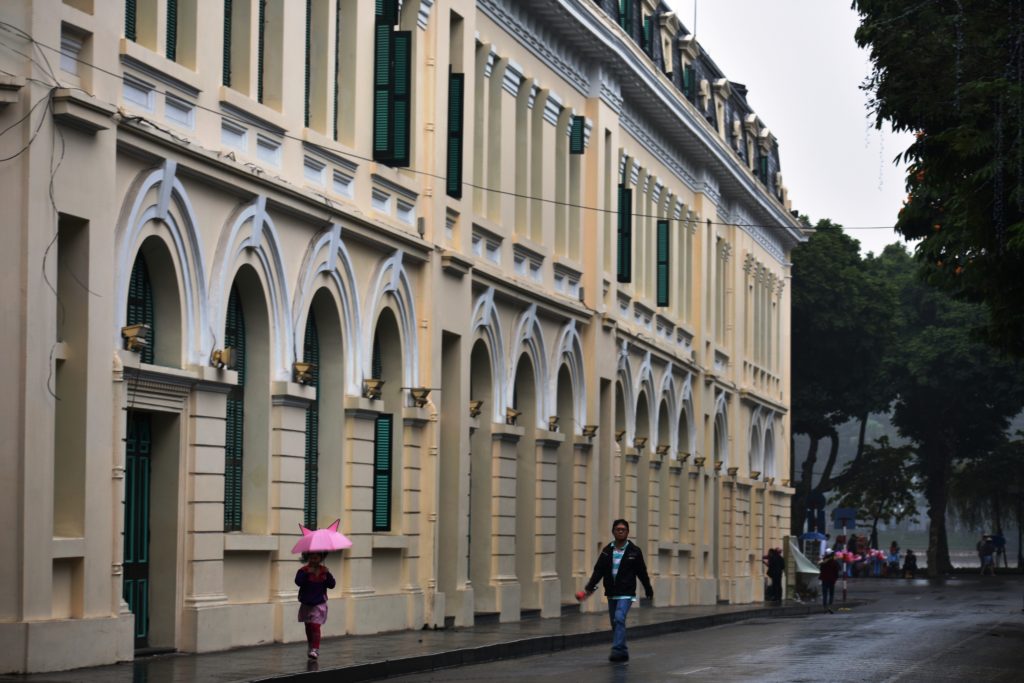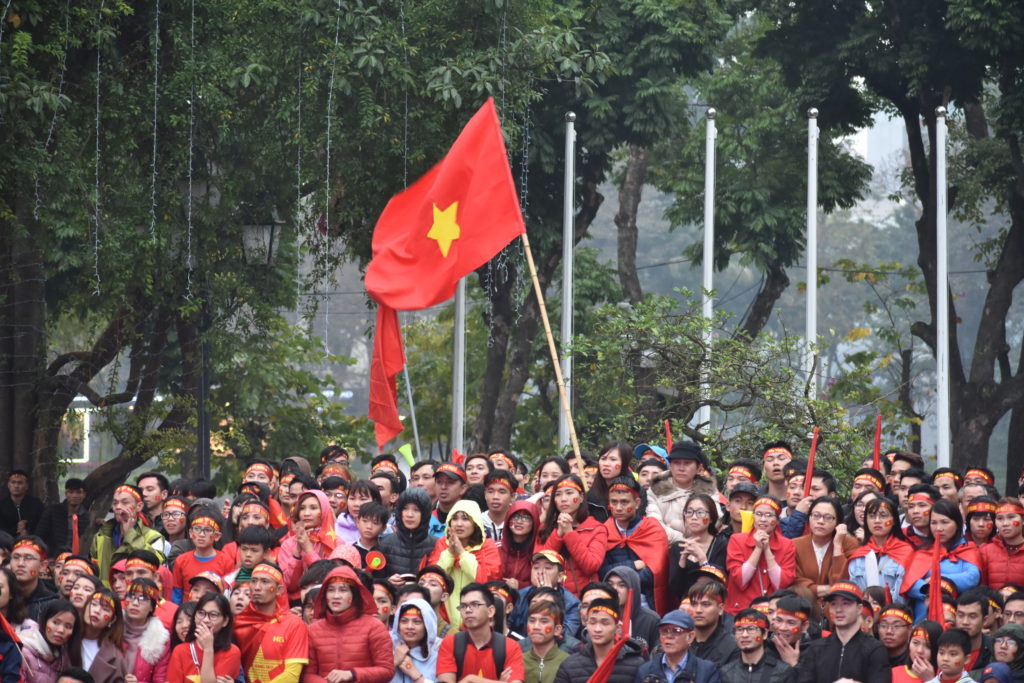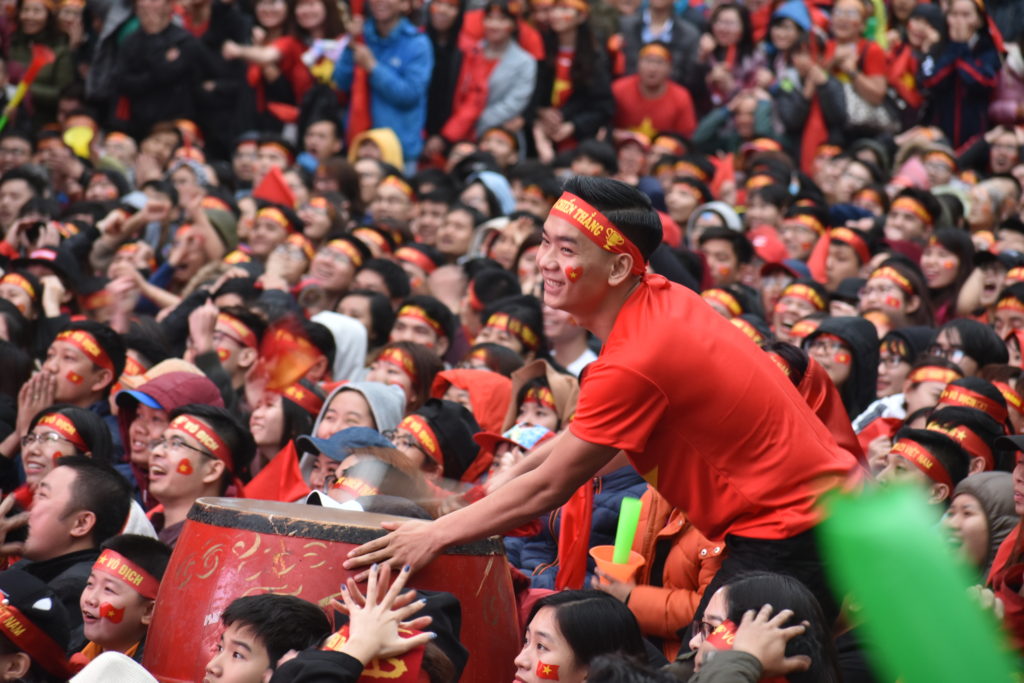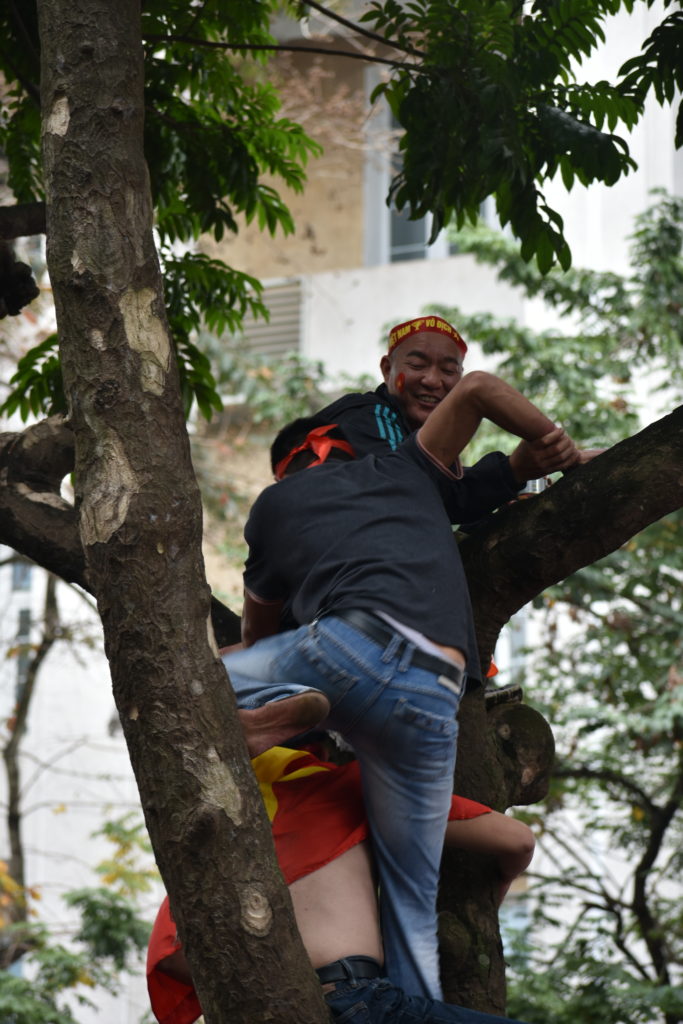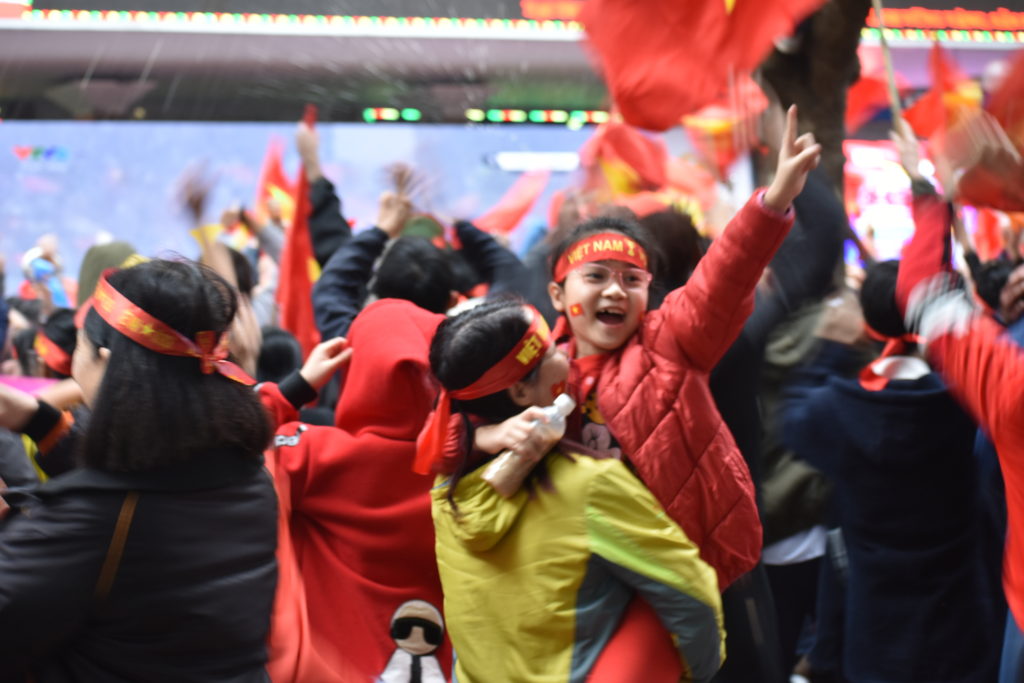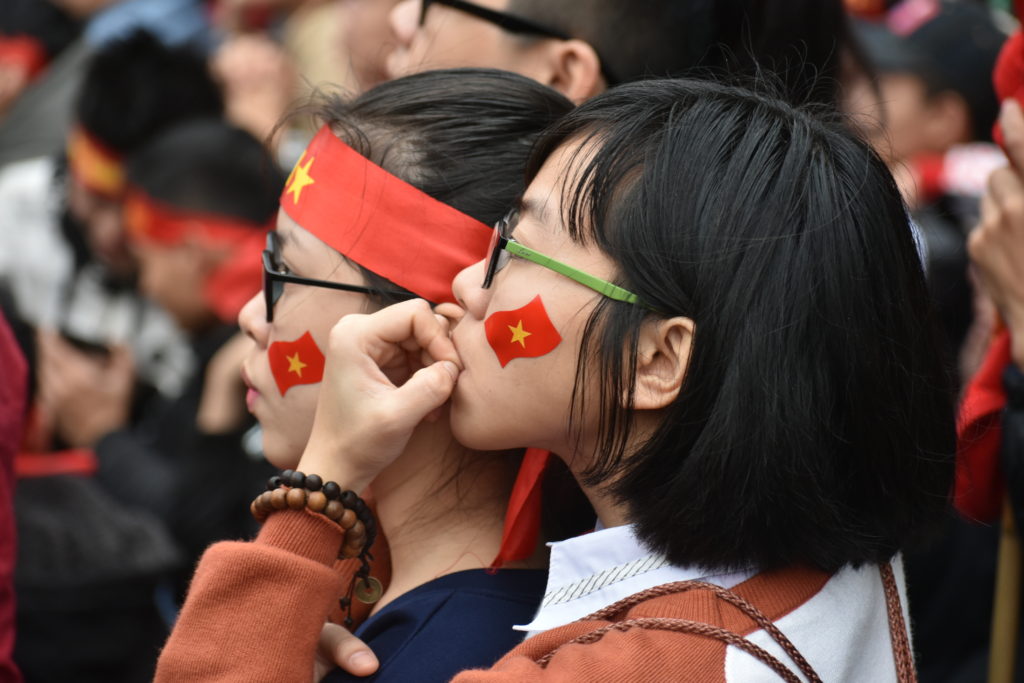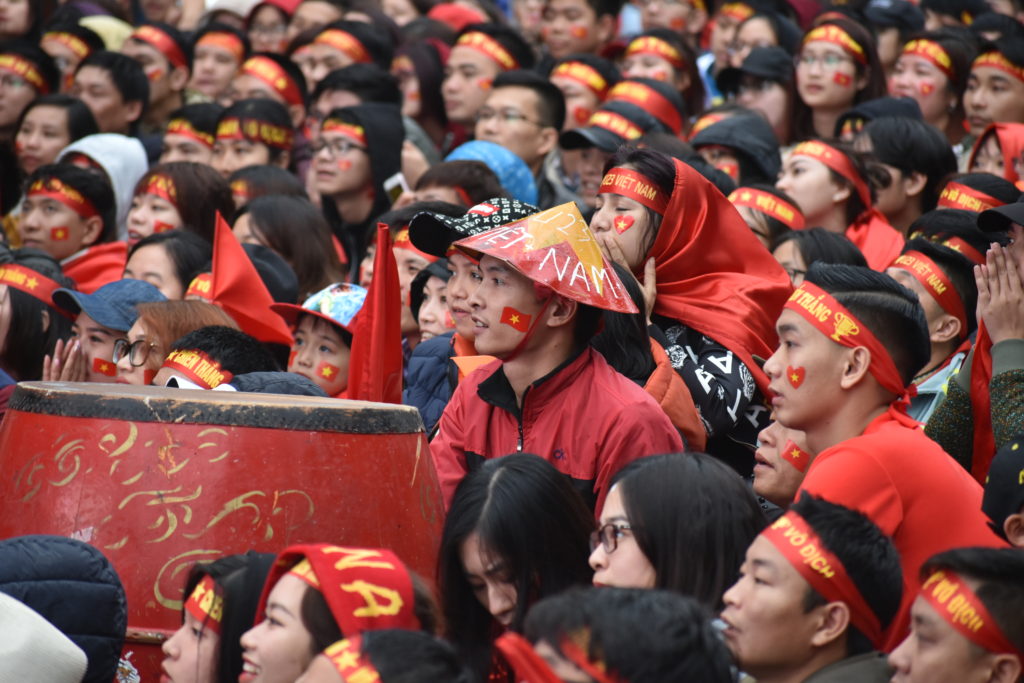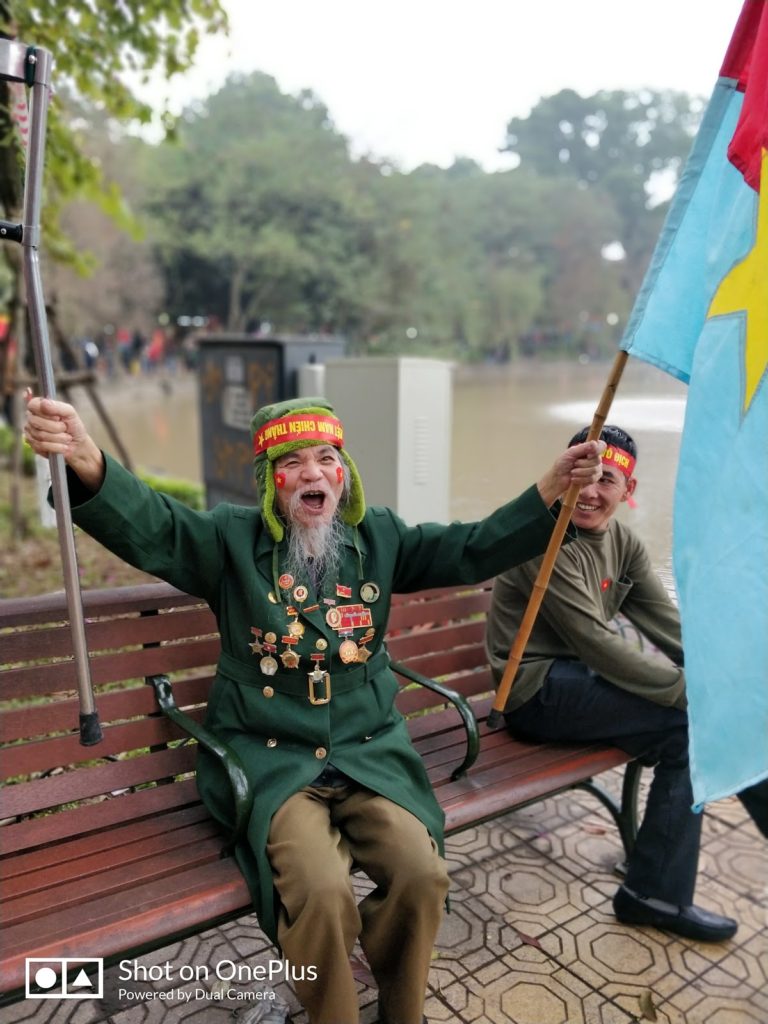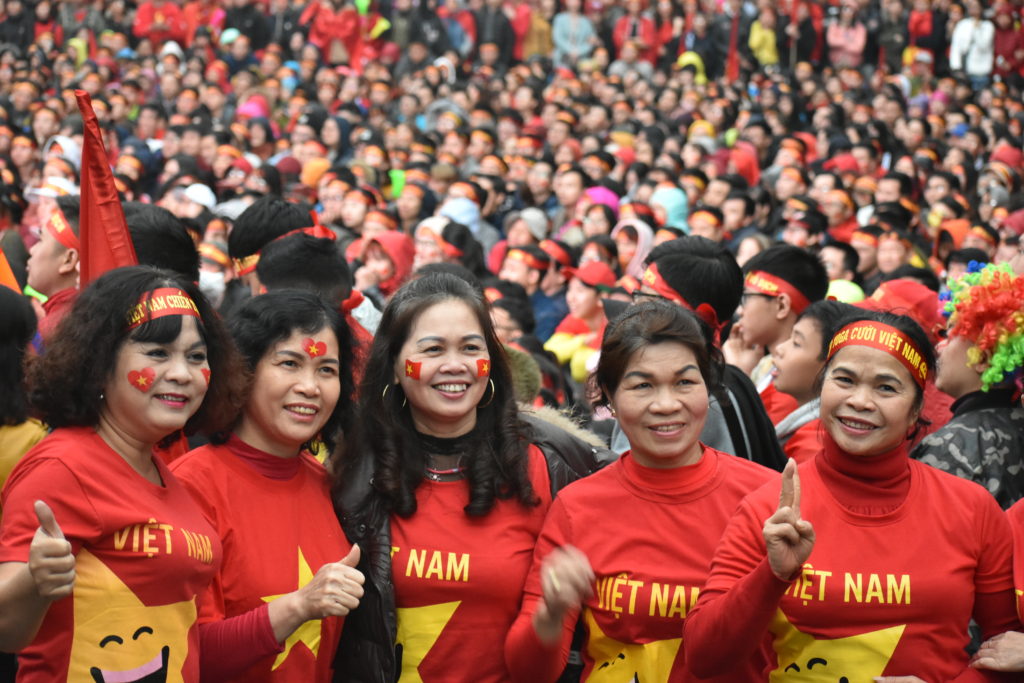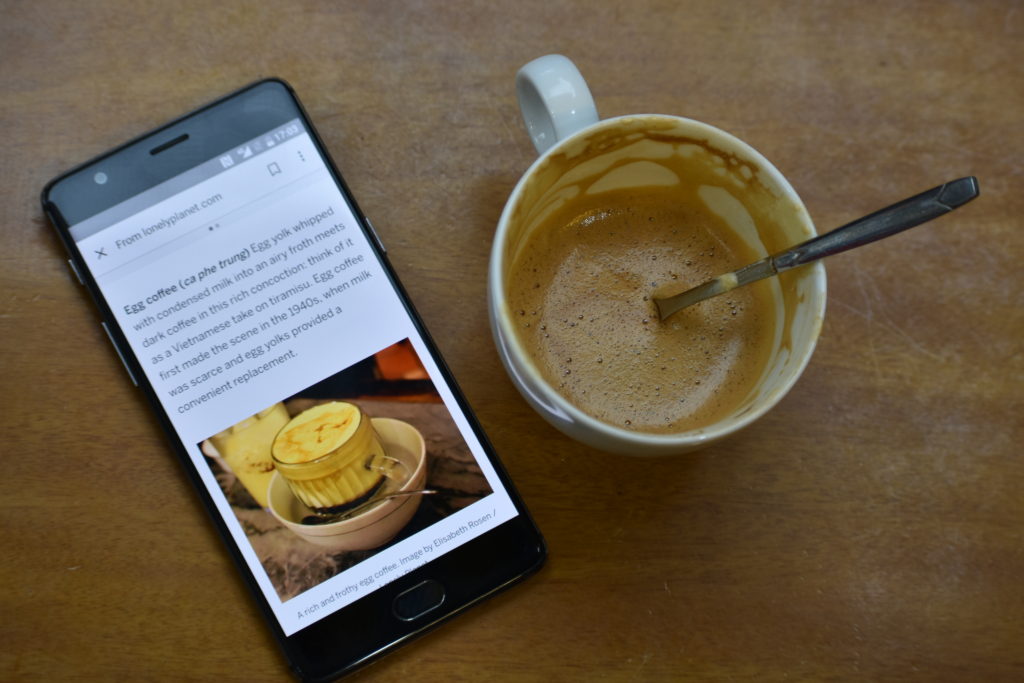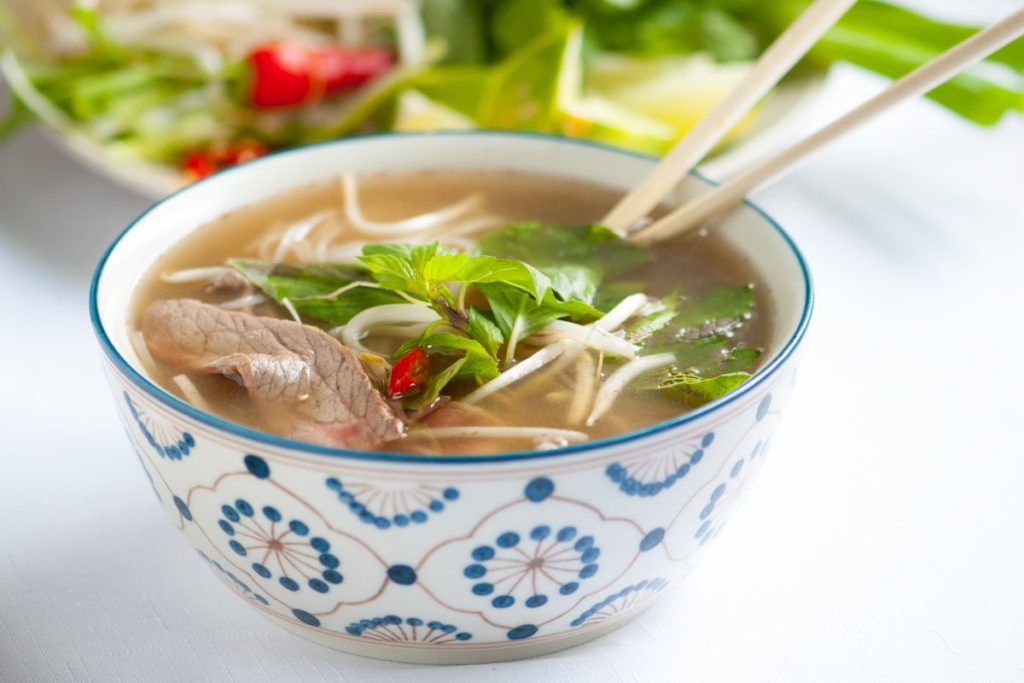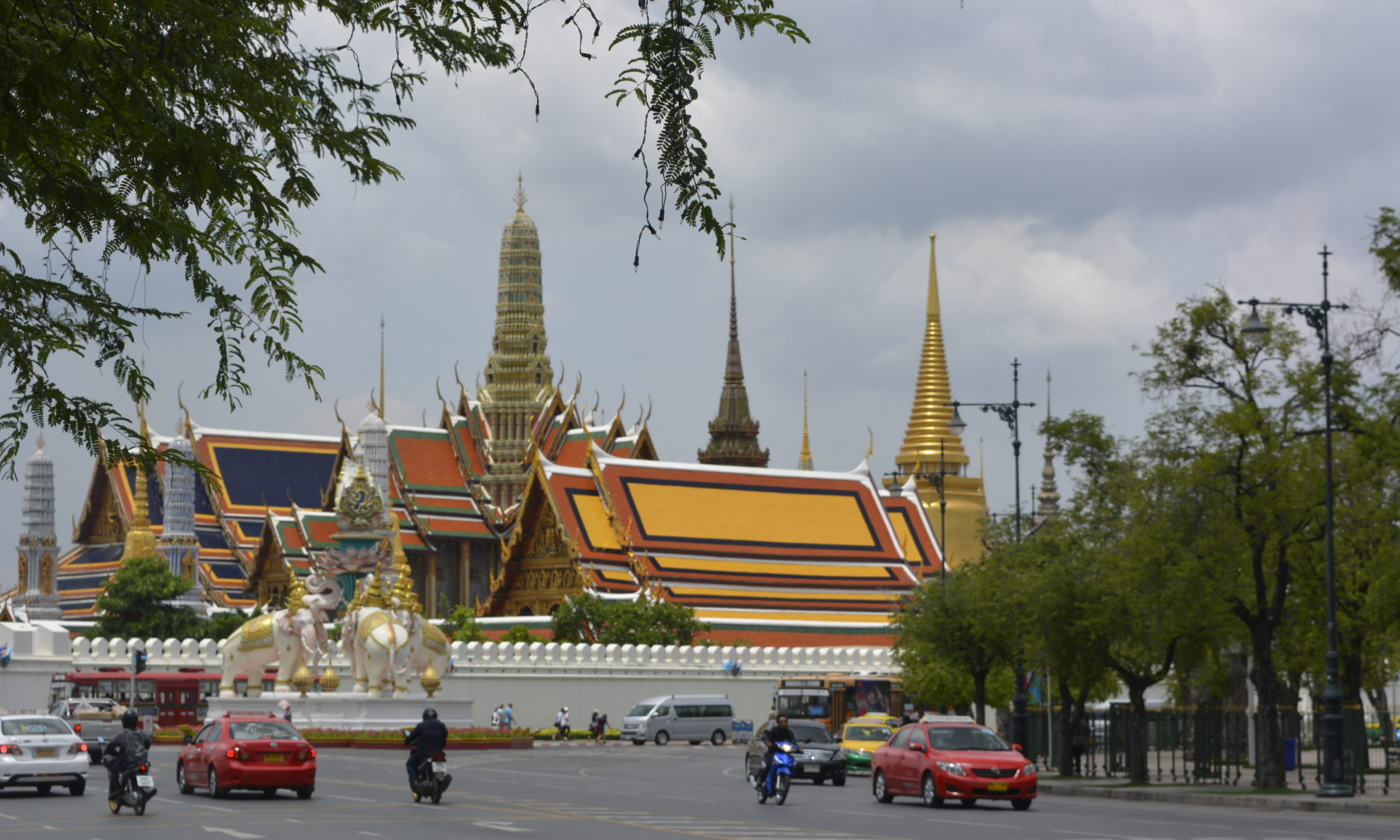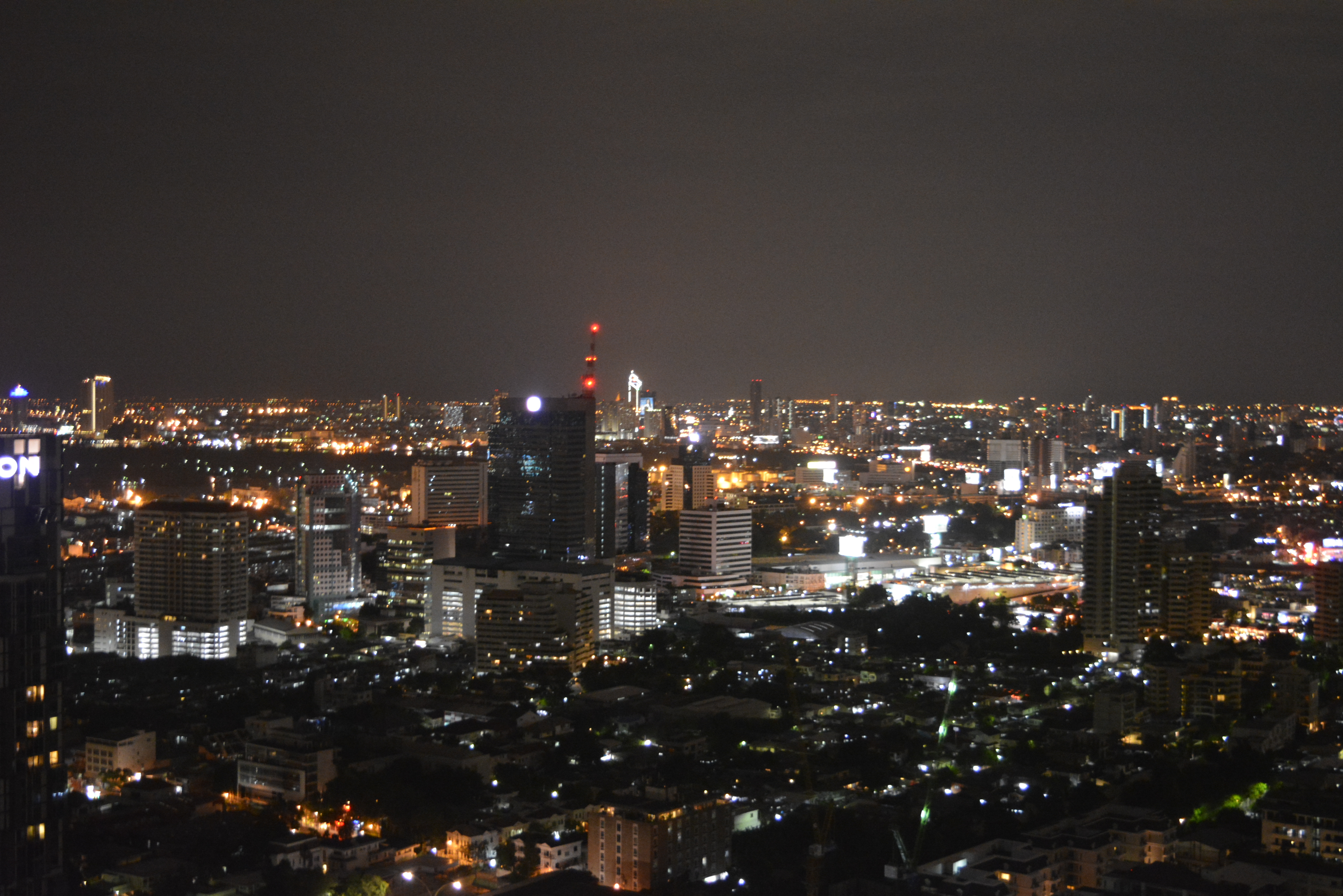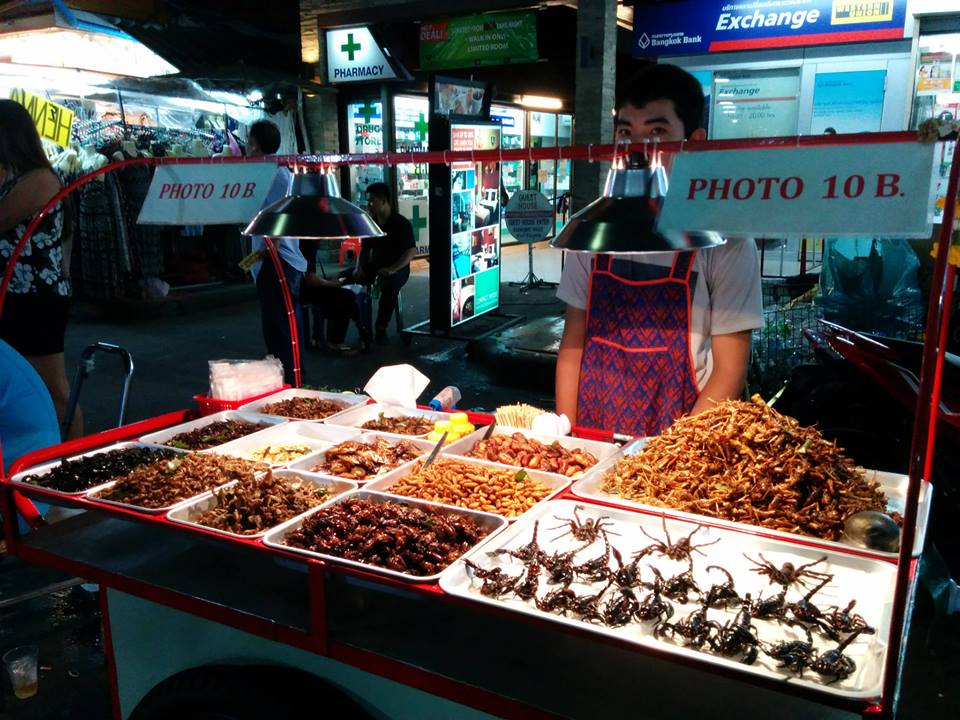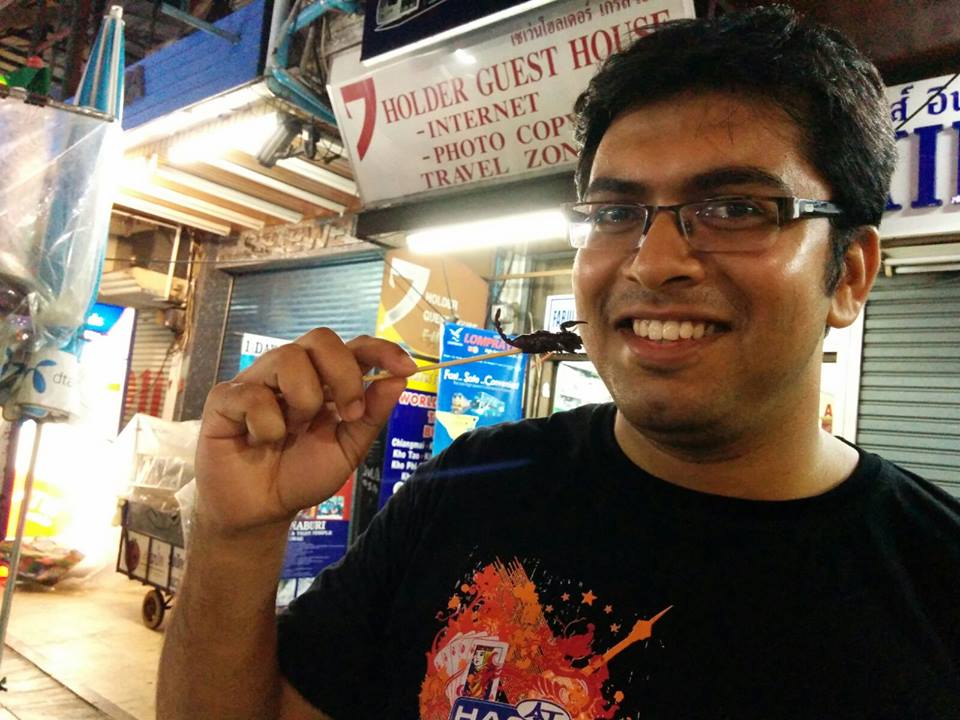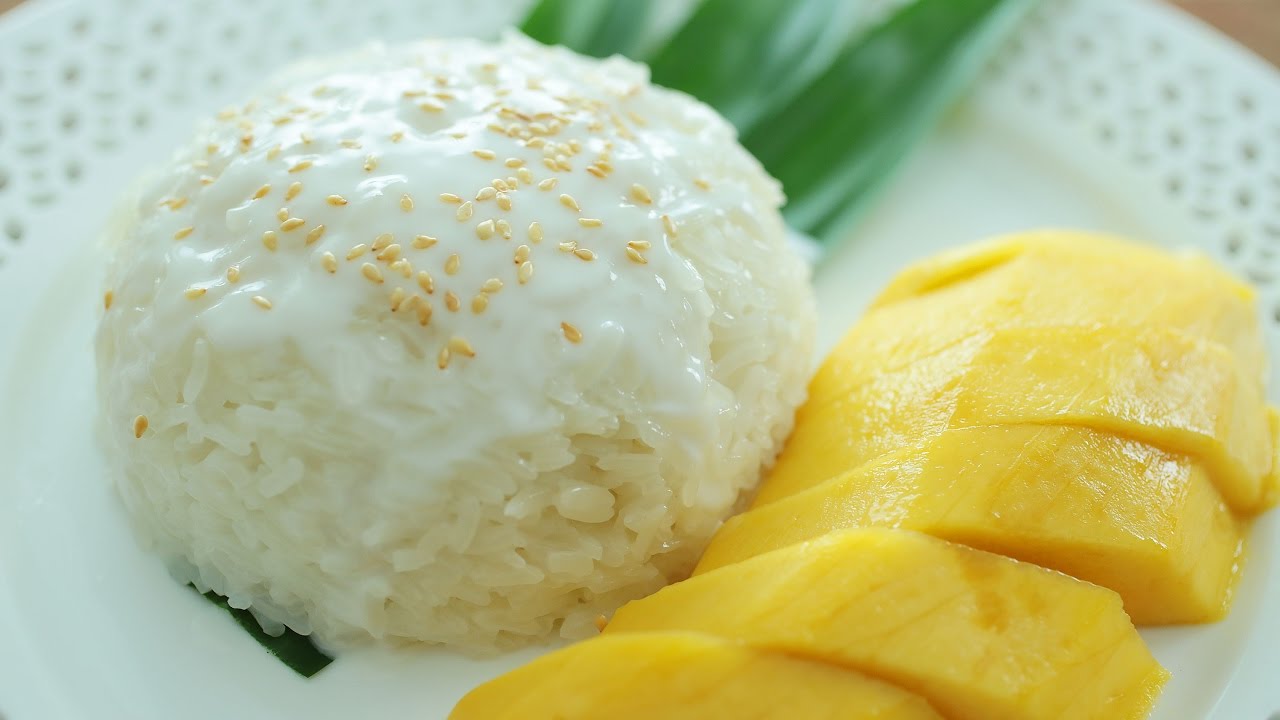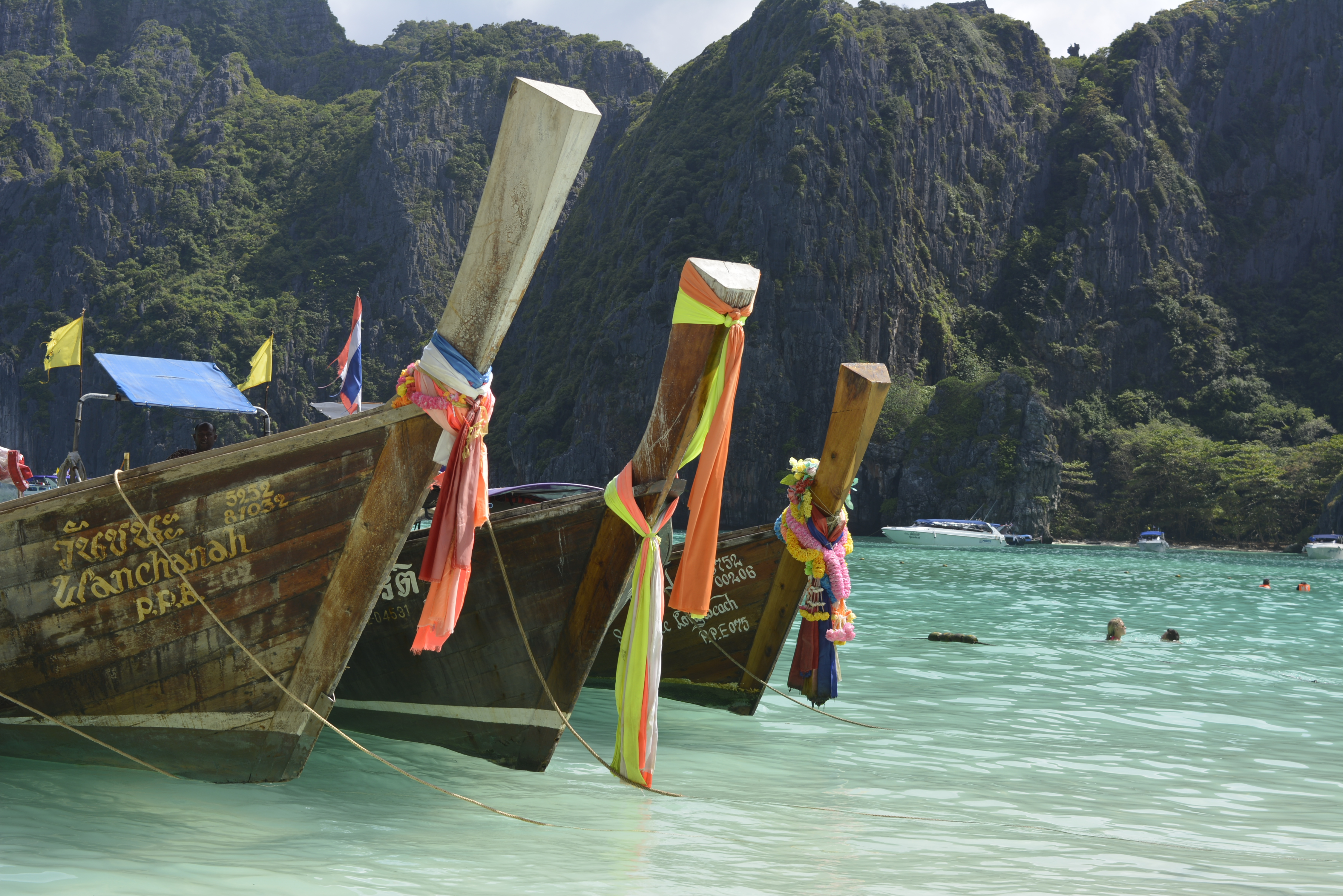
One of my favourite sounds is that of the immigration stamp clanking on the passport. After a long break from international travel, hearing that sound again was profoundly gratifying and signalled a world returning to normalcy.
When I began contemplating a foreign trip after what seemed like ages, Malaysia with its mix of big-city life and natural bounty, diverse culture & lip-smacking food immediately sprang to mind. Easy connectivity with Bengaluru and a convenient Visa process sealed the deal. The Visa process turned out to be not-so-convenient after all, but more on that later.
We were a family of 5 – my wife, our 6-year-old daughter, mother and mother-in-law, along with yours truly. This post covers the four days we spent in KL and is a travelogue cum family holiday itinerary suggestion. We also covered Langkawi and Melaka, and they deserve separate posts of their own.
One can breeze through the key attractions of KL like Petronas Towers, Menara KL and the glitzy malls in a couple of days. A deeper immersion into the history and culture of the city at an unhurried pace will take 4-5 days and is worth the reward.
Day 1
Evening in Heli Lounge
I have a thing for rooftop bars. In a city like KL with an iconic skyline, I could think of no better way to kick off the trip.
Heli Lounge sits atop the 35th floor of Menara KH. It is a functioning helipad by day and turns into a cool lounge bar in the evening.

My wife and I went in at 6 pm, right around the time it opens. The place has a relaxed vibe and draws travellers of many nationalities, all out to have a memorable evening. It offers a great vantage point to watch the sun go down and the skyscrapers light up. We felt grateful for the small things – stumbling upon this place on a nondescript blog, scoring THE table directly overlooking the twin towers and the pleasant weather that evening. I would like to believe that the alcohol had nothing to do with this sentimentality. We hung around till around 8 pm. By then the skyline was lit up and looked mesmerizing.

The cover charges are RM 100 (~$22) per person and include two rounds of drinks. Steep, but the views make it worth every penny.

Dinner at Jalan Alor
For dinner, we headed to Jalan Alor – the famed food street of KL. I had read a lot about the place where it was touted as a great spot for delicious and inexpensive street food. By the time we got there around 9 pm, many shops had started winding down. We sampled some fare at a couple of outlets but were let down by the quality and frankly quite shocked by the prices. KL has cheaply available, delicious food at every corner. It felt like Jalan Alor just doesn’t match up and had morphed into a tourist trap.
We slept at a lovely Airbnb, very conveniently located in The Robertson Suites. The rooftop pool with a view seals the deal.

Day 2:
Dataran Merdeka
We started the day in Dataran Merdeka (Independence Square). This is where the Malaysian flag was first hoisted upon independence in 1957. Taking a stroll on the manicured greens with the magnificent Sultan Abdul Samad building in front, I could picture the scenes of celebration that must have played out on that day. It was a happy coincidence that we were here on 15th August, India’s 75th Independence day.
The Sultan Abdul Samad building initially housed the British colonial administration of Malaysia. Some government departments of independent Malaysia continue to operate from here today. It is built in the Indo-Saracenic style, a style developed in colonial India from the fusion of contemporary European architecture with Mughal decorative motifs.
Menara KL and the Petronas twin towers peak out in the backdrop, presenting a study of the shifting definitions of architectural grandeur. Call me old school but I think for all their shiny steel reaching for the skies, the modern skyscrapers don’t hold a candle to the intricate craftsmanship of that era. Here’s a picture, what do you think?

Jamek Mosque
A short walk from Merdeka Square is the Jamek Mosque. It was built in 1909 and was the first major mosque of KL. It is open to non-muslim visitors during non-prayer times and a free guided tour is available. A very knowledgeable volunteer took us through the mosque, explaining various facets of the history and architecture of the mosque as well as the practices of Islam.
River of Life
Kuala Lumpur literally means “muddy confluence”. And right next to the mosque is the meeting point of the Klang and Gombak rivers which gives Kuala Lumpur its name. It was here that Chinese tin miners started settling in the mid-19th century and set in motion the chain of events that led to KL eventually becoming a thriving global metropolis.

The River of Life restoration project is a beautifully paved walkway along the riverside and makes for an enjoyable stroll around the spot where life began for KL.
Islamic Arts Museum

For me, one of the highlights of Kuala Lumpur was admiring the breathtaking collection at the Islamic Arts Museum Malaysia. The artefacts on display span carpets, tiles, weaponry, ceramicware, and objects of art. The rich collection, immaculate curation and aesthetic and informative display make it one of the best museums I have visited.

Many weapons on display had exquisite ornamental carvings. I found the juxtaposition of art on objects of mortal combat paradoxical and mildly amusing. What must have been the feelings of the craftsman embellishing the swords that he knew would slaughter men on the battlefield? Did soldiers take pride in how intricately carved their daggers were? We’ll never know.
The on-site restaurant, Moza, has fantastic food and stunning decor. The restaurant itself can be reason enough to visit the museum. The museum even has a children’s library on site. We dropped our daughter there and she merrily spent a couple of hours reading while we explored the museum.

Menara KL
What’s better than a view of the Kuala Lumpur Skyline from the Petronas Towers? A view of the KL Skyline with the Petronas Towers.
As the evening approached, we made our way to Menara KL to get just that view.
There are two levels of viewing galleries – the Observation Deck is at a lower level and is a glass-enclosed space (RM 49/ ~$11). The Sky Deck is an open-air gallery on the top floor and has a glass bottom box overhanging from the ledge called Sky Box (RM 99/ ~$22). On a day with clear weather, it is worth splurging a little extra to get to the Sky Deck.
We got here early in the evening, which was ideal. We first caught the gorgeous sunset over the cityscape and then stayed on till the lights turned on and KL came alive.
Day 3:
Chinatown
Chinatowns the world over are known for their food and KL’s Chinatown is no exception. Packed with legendary eateries of yore as well as hip new cafes, Kuala Lumpur’s Chinatown is a must-visit. Today is the day to let loose the glutton within!
Old China Cafe is a charming joint that has, true to its name, retained its old-world charm. We tried the Chicken Rendang which was bursting with the aroma and flavours of lemongrass and coconut milk. The mildly flavoured pea flower rice was the perfect accompaniment for it.

The Central Market is the heart of Chinatown and a great place to shop for quality stuff at reasonable prices. Alongside handicrafts, garments and utilities, there’s a section with art shops with paintings by local artists that make for very nice souvenirs.
Its massive food court has many stalls, many specialising in variations of a single dish – Nasi Ayum, Yang Tau Foo, and Nasi Lemak among others. The food here is reasonably priced and generally excellent. I devoured a large bowl of Yang Tau Foo and instantly fell in love with the dish and the concept behind it. It’s the Chinese food version of Subway where you chose your broth, type of noodle, sauces, veggies and assorted fish cakes and possibly meatballs that go into your bowl. It’s mostly steamed, rich in protein and vitamins from the veggies and packed with umami. I have been craving it ever since I have come back.


The colourful and impressive Mahamariamman Hindu temple that serves the local Tamil community is worth a visit. After Malays and ethnic Chinese, Tamils make up the third biggest chunk of Malaysia’s population. Descended from migrant workers who moved here under the British Raj to work on rubber plantations, they staunchly maintain their religious and linguistic identity as Hindus and Tamils and are proud Malaysians. It made me ponder on the many strands that make up our identity as humans and how some of those strands are more fluid and flexible than others.
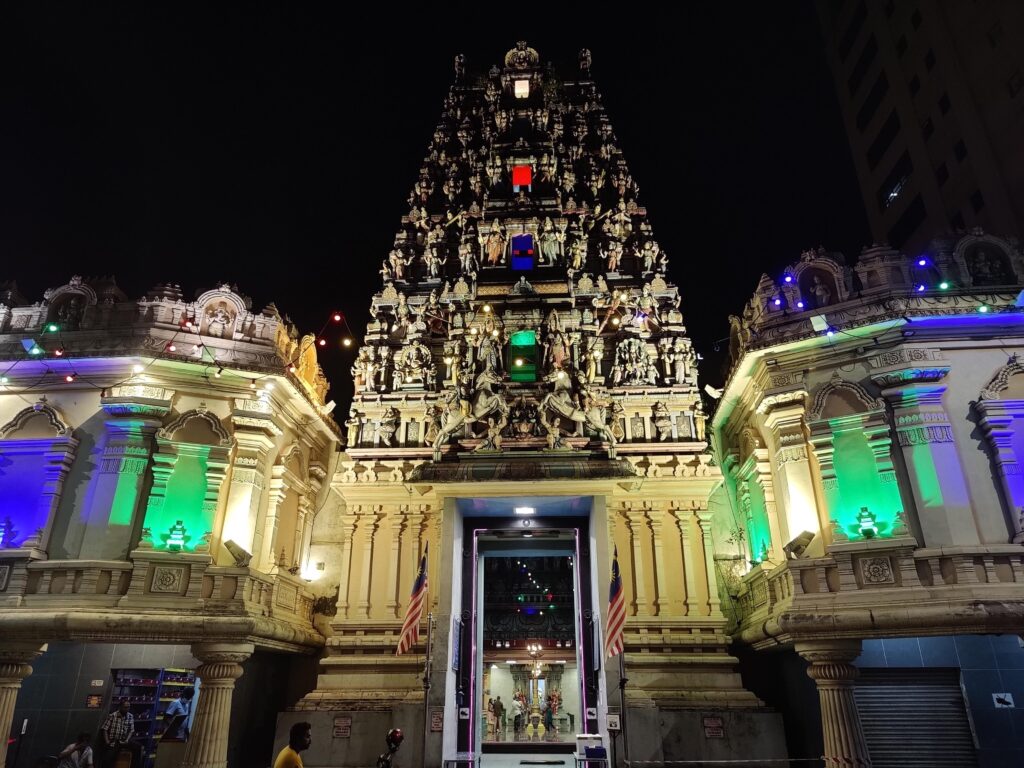
While heading back, the splinters flying from underneath clay pots on a coal oven caught my eye. The man working the ovens at the roadside stall looked strangely familiar. And it came flashing back. The stall had been featured on Nat Geo Traveller India in a piece on Malaysian food that I had read before coming!

Though the Rendang and Yang Tau Foo were still jostling for space in my tummy, seeing this and not eating it would be criminal. The clay pot rice is cooked by throwing in rice, soy sauce, chicken broth and pre-cooked chicken pieces into the pot and letting it simmer. Once done, it is served hot in the clay pot. The result is a delectable pot of earthy goodness.

Chicken Clay Pot Rice
KLCC Suriya & The Petronas Tower
We had seen the Petronas Towers from the vantage point of Minara KL and the rooftop Heli Lounge. Now it was time to admire it from up close.
The KLCC Gardens, adjacent to the upscale KLCC Suria mall, is the best spot in town to gawk at the twin towers in all their lit-up glory. Standing beneath this elegant engineering marvel that’s the icon of a resurgent Malaysia is awe-inspiring.
Light and Sound shows take place every half an hour in the gardens and add to the ambience.

For our last night in KL, we shifted to another Airbnb at Tropicana Residences, this one right next to the twin towers, with views of the towers from every room. Not too many people in KL had a better view that night.
Day 4

Aquaria KLCC
The last day of any trip inevitably makes one feel that a lot more remained to be seen and done!
But with just half a day left, we spent it at the Aquaria KLCC. After all, our daughter had been a patient companion on the museum and mosque tours that could not have been much fun for her. We owed her this much.
But I say this without exaggeration – once inside, I was no less excited than her. It is a vast and intriguing collection of marine life forms housed in a very thoughtfully designed space. The residents range from the tiniest sea creatures to some of the largest freshwater fish on the planet, from cute sea horses to some fish that look genuinely loathsome.
There’s a glass tunnel to walk through where sharks, sting rays and marine turtles will glide right past you. It is almost like scuba diving without having to get wet. The highlight of the visit was the feeding session where the aquarium staff dived into the tank and assorted creatures including sharks and rays fed from their hands.

Budget for half a day and RM 75 (~$16) in entry fee per person in your Malaysia itinerary for this unmissable experience.
And on that note, it was a wrap on Malaysia and time to head home with a bagful of memories and a desire to come back someday to experience so much more the country has to offer.
Practical Information
Visa
Malaysia provides e-Visa to Indians. Apply on the official website and expect to receive the visa between 2-5 working days. The official TAT is 48 working hours but it generally takes longer. Once you apply, they may ask for additional documents or even request an in-person interview. In my wife’s case, they requested an in-person interview in Chennai. But when we pleaded over e-mail, they waived it off and issued the visa basis some additional documents. Keeping 2 full weeks in hand for the visa process is advisable to avoid any last-minute anxieties.
SIM Cards
Tourist SIMs are easily available near the airport exit. I got a Maxis/Hotlink SIM which served me well. They have an RM 20 plan for 7 days and an RM 40 plan for 15 days. Both come with enough data for average users.
Currency Exchange
There are a few currency exchange places near the airport exit but they are all ridiculously expensive, with mark-ups in the range of 10% or higher. Pretty much any place in the city will offer much better rates. The best rate I found was in Jalan Alor @~1.5% commission which is very decent.
Getting into the city
KL’s 2 airport terminals are connected to the city by Metro, Bus and cabs. The Metro is the fastest but also expensive. The metro to KL Sentral will take 40 mins and cost RM 55 per person. The bus is significantly cheaper starting at RM 12 and it takes about 90 mins to reach. A cab will take you directly to your destination in central KL for ~RM 100 in an hour and for groups of 2 or more, a cab is the recommended option. And cab in Malaysia is synonymous with Grab, which works like a dream. They are fast, efficient and affordable. I could write a whole post eulogising Grab but that’s for another day.
